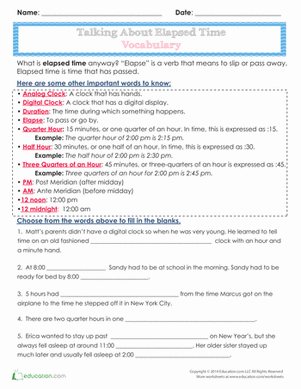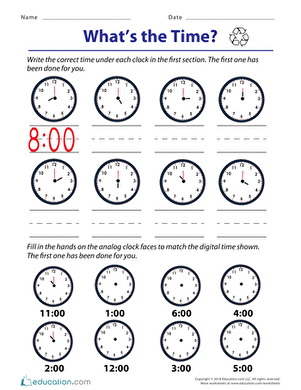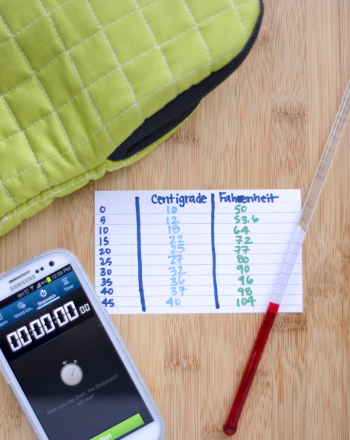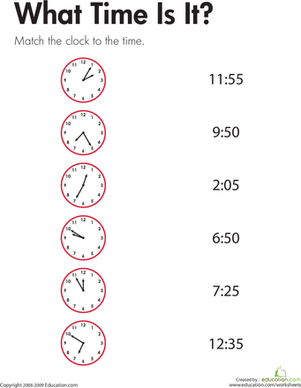Activity
What is Astronomical Mean Time?
Grade Level: Middle School; Type: Earth Science
Objective:
In this “paper and pen” experiment, students will research the difference between standard time and astronomical mean time. Using the longitude of their city, they will calculate the astronomical mean time of their particular location.
Research Questions:
- What is standard time? Astronomical mean time?
- What is the relationship between meridian lines, standard time and astronomical mean time?
- How is time is associated with each degree of longitude?
Materials:
- Paper and pen
- Internet access
- Good map showing time zones and meridians
Experimental Procedure:
- Research definitions of astronomical mean time, standard time, and meridians.
- Using the link below (or any other reputable source) to find your longitude.
- Determine what time zone you are in. Determine which the standard longitude line associated with your time zone. For Eastern Standard, the standard longitude is 75 degrees. For Central Time, the standard longitude is 90 degrees. For Mountain and Pacific Time, the standard longitudes are 105 and 120 degrees, respectively.
- Determine how many degrees away you are from your time zone standard. Multiply this under by 4. If you are located to the east of the time zone standard, this is a positive value. If you are located to the west, it is a negative value.
- Add the number you calculated in #4 to your present clock time. Be careful and pay attention to whether the sign is positive or negative.
- Double check whether it is daylight savings time. If it is daily savings time, subtract one hour. This final value will be your mean astronomical time. Unless you live right on the meridian, this will be a different value than the time on your clock.
Terms/Concepts: meridians, international date line, standard time, relationship between standard time and mean astronomical time.
References:
- SatelliteSignal.net: Find Your Longitude and Latitude
- Longitude: The True Story of a Lone Genius Who Solved the Greatest Scientific Problem of His Time, by Dava Sobel
Disclaimer and Safety Precautions
Education.com provides the Science Fair Project Ideas for informational purposes only. Education.com does not make any guarantee or representation regarding the Science Fair Project Ideas and is not responsible or liable for any loss or damage, directly or indirectly, caused by your use of such information. By accessing the Science Fair Project Ideas, you waive and renounce any claims against Education.com that arise thereof. In addition, your access to Education.com's website and Science Fair Project Ideas is covered by Education.com's Privacy Policy and site Terms of Use, which include limitations on Education.com's liability.
Warning is hereby given that not all Project Ideas are appropriate for all individuals or in all circumstances. Implementation of any Science Project Idea should be undertaken only in appropriate settings and with appropriate parental or other supervision. Reading and following the safety precautions of all materials used in a project is the sole responsibility of each individual. For further information, consult your state's handbook of Science Safety.
Education.com provides the Science Fair Project Ideas for informational purposes only. Education.com does not make any guarantee or representation regarding the Science Fair Project Ideas and is not responsible or liable for any loss or damage, directly or indirectly, caused by your use of such information. By accessing the Science Fair Project Ideas, you waive and renounce any claims against Education.com that arise thereof. In addition, your access to Education.com's website and Science Fair Project Ideas is covered by Education.com's Privacy Policy and site Terms of Use, which include limitations on Education.com's liability.
Warning is hereby given that not all Project Ideas are appropriate for all individuals or in all circumstances. Implementation of any Science Project Idea should be undertaken only in appropriate settings and with appropriate parental or other supervision. Reading and following the safety precautions of all materials used in a project is the sole responsibility of each individual. For further information, consult your state's handbook of Science Safety.















